The West has reawakened to spirituality. From my limited perspective, it seems that the East never went to sleep. An open sea of options now awaits the awakened spirit. If we dare to look closely, though, the coastline is littered with shipwrecked experiments. Not everything that sounds good in the daylight works in the dark. We need wisdom to navigate our spiritual journeys. We need a reliable compass.
For centuries that compass wa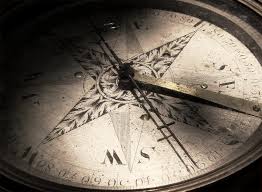
Personally, I still believe in the existence of truth. I believe that truth is frequently findable, occasionally uncomfortable, and always reliable. Truth is not a chameleon that changes its political colors with each generation in the hope of reelection. It is what it is, like it or not.
Still, the fact is that “Is it true?” has been discarded by many as a potential compass for evaluating beliefs. Ironically, truth now seems too subjective. Along with beauty, we have come to believe that truth is in the eye of the beholder.
Truth’s demotion is not shocking. We live in a day where revisionism is an art form and spins a multi-billion-dollar industry. We observe opposing groups tilt the same set of statistics to validate their views. We listen to equally educated analysts draw different conclusions about an identical series of events. We view real life courtroom dramas where witnesses swear to contradictory testimonies and experts expound on incompatible interpretations. Drowning in versions of “truth,” we throw up our hands and concede that the “real” truth is unknowable. It cannot be absolutely found. Exhausted, we must regrettably call off the search.
Years ago, our family vacation road trip took us to New York City. Spatially disoriented from birth, I must have asked a dozen people for directions to the famous intersection of Times Square. The New Yorkers were exceptionally patient and consistent with their reply: Times Square was “just around the corner.”
Thirty minutes later and hopelessly lost, I did not question if Times Square truly existed. Times Square was, like it or not. The destination was fixed; it had neither moved nor morphed. A few pounds lighter for the extra exercise, we did eventually stumble upon Times Square. My beaming eldest son took a picture, but not of the Coca-Cola sign. Jonathan took pictures of the fascinating street drainage grates that almost ushered a lonely kitty to certain doom in Disney’s Oliver and Company.

Granted, difficult to find is a different matter than impossible to find. Unlike that intersection, truth is sometimes un-findable. Some mysteries will never be solved. Some questions will never be answered. However, that does not mean there is no answer. Unknown and even unknowable are not synonyms for non-existent.
(These thoughts on faith and friction originally appeared in my book, Finding An Unseen God: Reflections of a Former Atheist. Recently I wrote an article on 5 Be’s for those who love Atheists for Today’s Christian Woman. If you’d like to read that article, click here. )

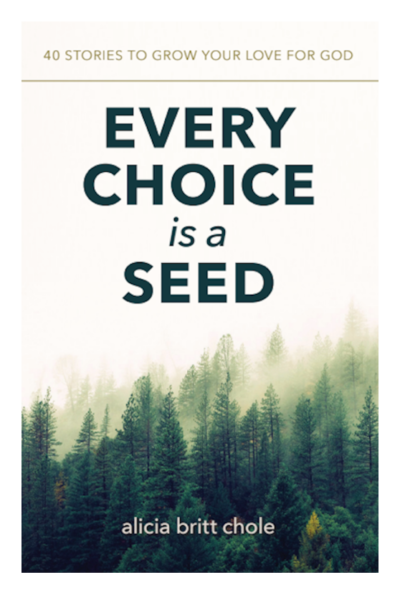
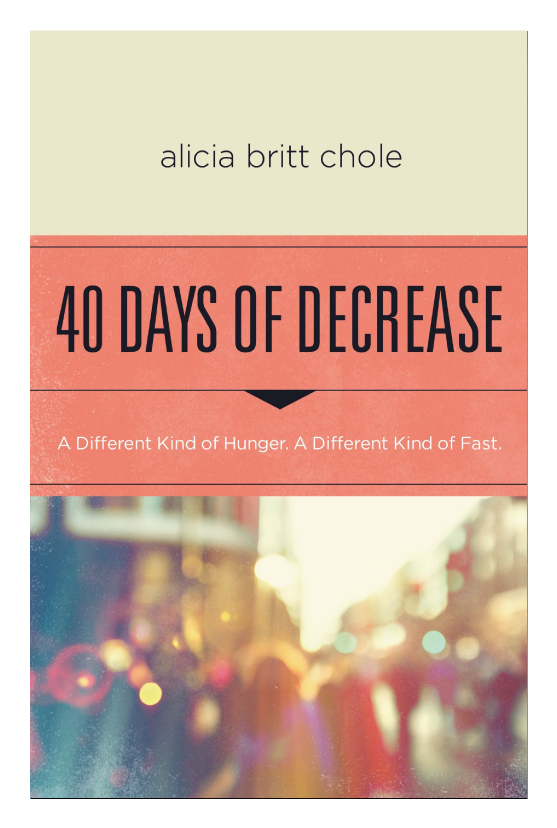
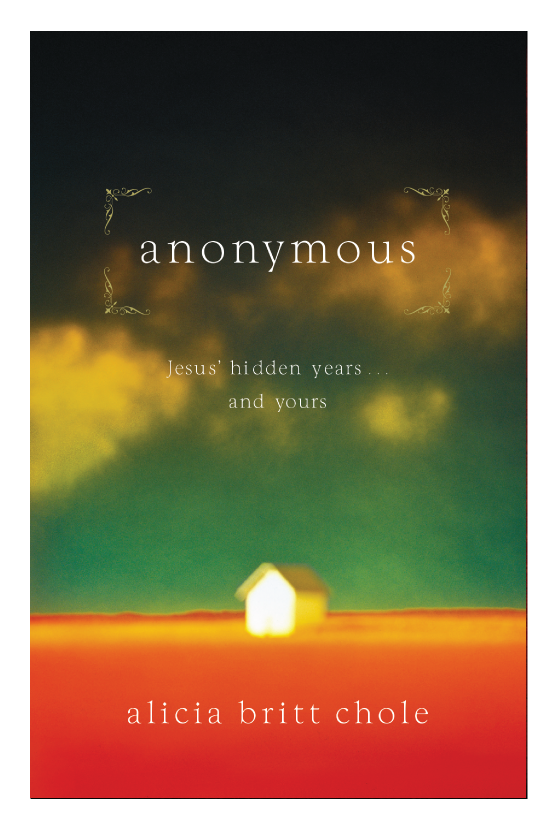
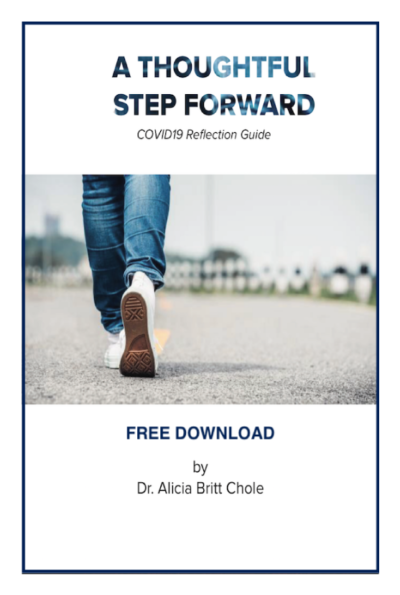
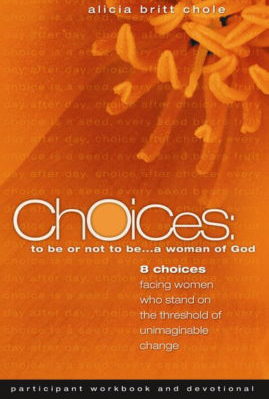
I’m so thankful that truth never changes! How desperately we need men and women in the present age who will champion truth in the public square.